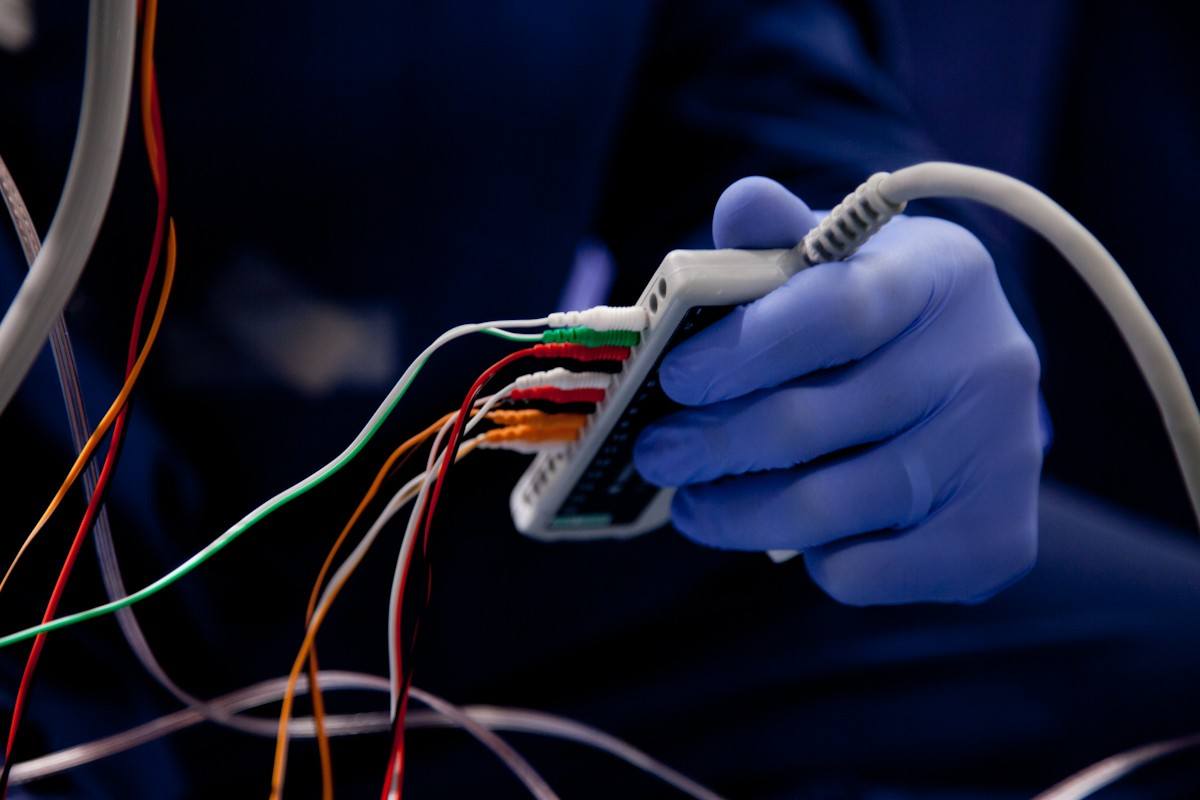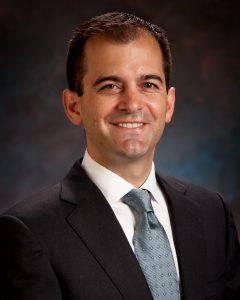
DBS Helps Parkinson’s Patient Walk, Talk Again
A Deep Brain Stimulation (DBS) procedure at Barrow Neurological Institute’s Muhammad Ali Parkinson Center in Phoenix cleared up the speech defects immediately. It took a while longer for the 46-year-old Oregon software engineer to re-master walking, but he’s back on his feet again.
It’s just in the last month or so that I got the walking down. Now that the speech is fixed, I’m like, ‘Wow, it’s the bomb.’
Kevin Tucker
Barrow DBS Patient
“It’s just in the last month or so that I got the walking down,” says Tucker, who was diagnosed with Parkinson’s in 2014 and lives in Medford, Ore. “Now that the speech is fixed, I’m like, ‘Wow, it’s the bomb.’”
Tucker, who came to Barrow on the advice of a Scottsdale neurologist, says another goal was reducing his medication; since undergoing DBS, he takes his Parkinson’s medications half as often. “I’m only 46 and I’m expecting to live quite a while longer, and I don’t want to get to a situation where the meds are ineffective,” he says.
DBS is a delicate procedure that involves placing electrodes deep inside the brain. The electrodes are connected to a neurostimulator placed under the skin – a “pacemaker” for the brain. The neurostimulator can be programmed to deliver an electrical current to select brain regions, providing remarkable therapeutic benefits for otherwise treatment-resistant movement disorders such as Parkinson’s disease and essential tremor.

“DBS is one of the most exciting and promising developments in modern medicine. In addition to movement disorders, we anticipate it playing a significant role in the treatment of epilepsy,” says neurosurgeon Francisco Ponce, MD, director of Barrow’s Center for Neuromodulation and DBS program who has the largest DBS practice in the United States. “Likewise, we recently participated in a multicenter clinical trial to evaluate a possible effect of DBS on Alzheimer’s disease.”
DBS may be performed two ways – traditionally with the patient awake and conversing with the surgeon, or a newer asleep DBS procedure in which the patient is under general anesthesia for the duration of the surgery. Tucker was awake during his procedure and vaguely remembers speaking with Dr. Ponce as the neurosurgeon placed the stimulation leads in his brain.
Tucker says he returned to work a day or two after the procedure. His speech quickly returned to normal and eventually he resumed walking without assistance.
“It’s brain surgery, for God’s sake,” he says, “But it’s a minimal, quote-unquote, brain surgery. I would definitely say it’s a success.”
